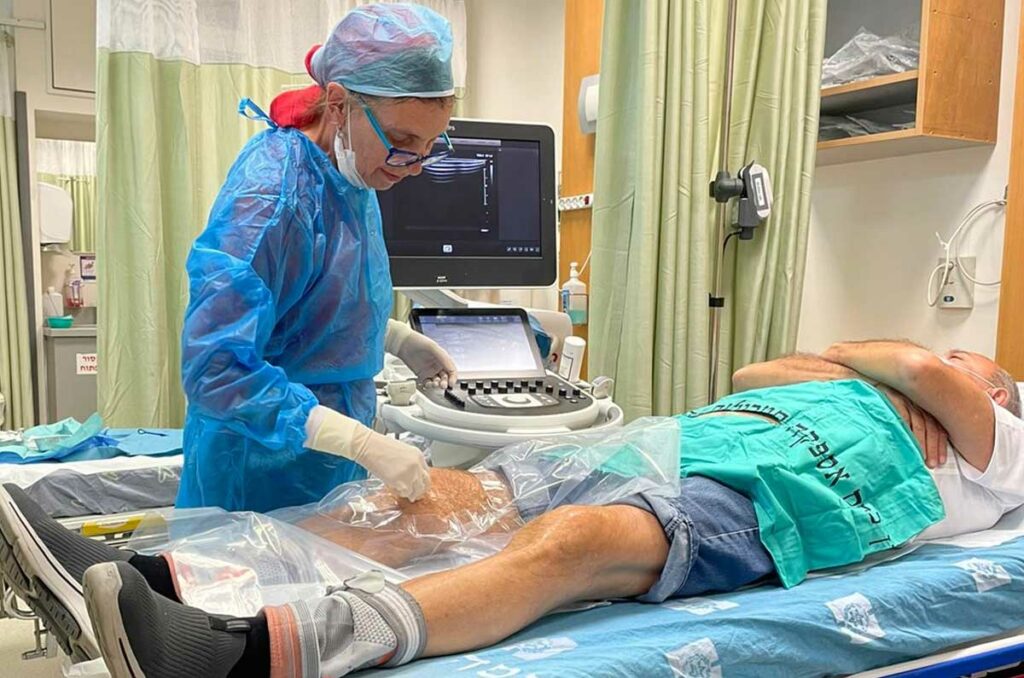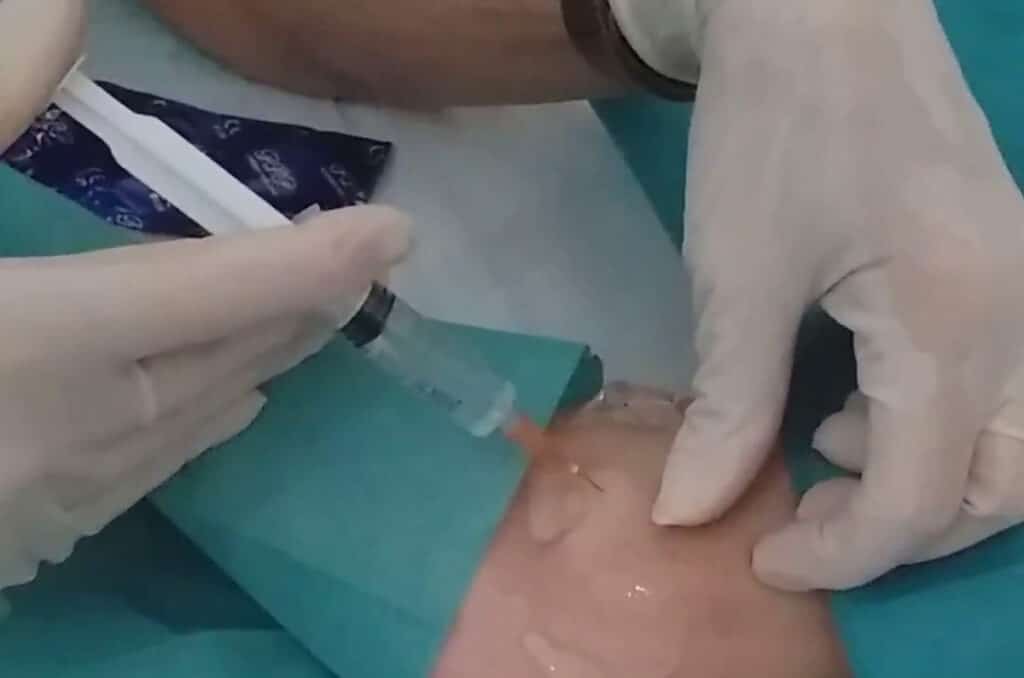This method, otherwise known as intramuscular stimulation, or Western acupuncture, is aimed mainly at needling trigger points to release them. In contrast to Eastern acupuncture, there is no intentional connection between the dry needling and the meridians and chi; this is a conventional medical technique and is based on muscular anatomy, nerves and their connections. To practice dry needling, the therapist must know anatomy well, so that he can needle accurately and safely.
We use the same acupuncture needles that are used in Eastern acupuncture; they are inserted deeper into the muscle, though only for a couple of seconds (in contrast to the 20 minutes Eastern acupuncture method). There is a vicious cycle of continuous contraction leading to reduced blood supply and ischaemia, again strengthening the contraction. When the needle is inserted correctly, this vicious cycle is terminated within minutes and sometimes even in seconds, leading to the relaxation of the muscle. Dry needling does the same action as massage though has a much more long-lasting effect.
The longer the pain lasts, the more muscles are recruited to try and compensate for biomechanical weaknesses, therefore more muscles will have to be needled, and more treatment sessions are required. It is important to treat all of these muscles involved to achieve successful long-term results. It is also important to address the faulty ergonomics causing these trigger points and perform appropriate exercises.
Several research studies have compared dry needling to trigger point injections using various injectates, such as steroids, local anaesthetic, saline, sterile water, and even Botox. None have shown absolute superiority over dry needling; the advantage of the latter is that one can be much more methodical without having to be concerned about overdose. Conditions that can be treated with dry needling:
- Whiplash injuries, neck pain
- Low back pain
- Certain types of frozen shoulder
- Headache
- Tennis elbow
- Hip bursitis
Dry needling complements other treatments such as PRP and prolotherapy, as it is important to achieve an improved range of motion for the other tissues to heal better.







